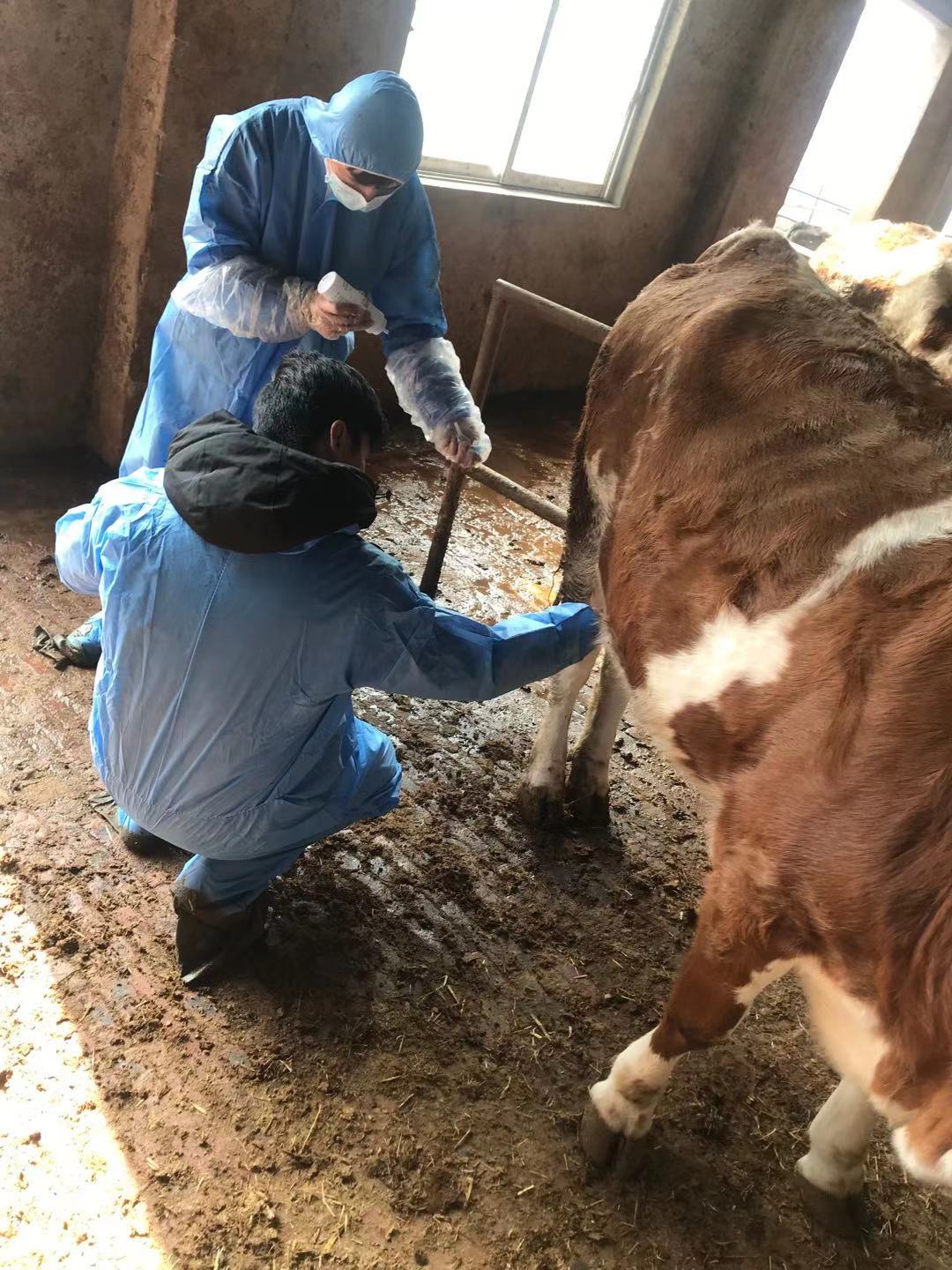Cattle farms are an important livestock sector, providing humans with products such as meat, milk and hides. In order to ensure the health and productivity of cattle, cattle farms need to regularly examine and diagnose cattle, as well as detect and treat various diseases in a timely manner. One effective method of inspection and diagnosis is the use of ultrasound for cattle.
Ultrasound is a technique that uses ultrasound waves to produce echoes inside an object, which can be converted into images by special instruments to show the structure and state of the object’s interior. Ultrasound has a wide range of medical applications, such as the examination of human organs such as the heart, liver, and kidneys. Likewise, ultrasound can be used to examine various organs in cattle, such as the uterus, ovaries, fetus, liver, kidneys, etc.
The use of ultrasound in cattle farms for the examination of cattle is necessary for several reasons:
Pregnancy diagnosis. Ultrasound can accurately determine if a cow is pregnant, as well as the timing of the pregnancy and the number, sex and development of the fetus. This is important for reproduction management and production planning on cattle farms to improve reproductive efficiency and avoid unnecessary losses.
Reproductive system disease diagnosis. Ultrasound can detect the presence of abnormalities in cattle’s reproductive organs such as uterus and ovaries, such as uterine effusion, ovarian cysts and endometritis. These diseases can affect the reproductive ability and health of cattle and require timely treatment.
Digestive system disease diagnosis. Ultrasound can detect the presence of abnormalities in the digestive organs such as stomach and intestines of cattle, such as gastric torsion, intestinal obstruction, gastric ulcer, etc. These diseases can affect the appetite and nutrient absorption of cattle, and even endanger life, and need timely treatment.
Metabolic system disease diagnosis. Ultrasound can detect the presence of abnormalities in metabolic organs such as liver and kidney of cattle, for example, fatty liver, liver abscess, pyelonephritis, etc. These diseases can affect the metabolic function and health of cattle and require timely treatment.
Diagnosis of other system diseases. Ultrasound can also detect the presence of abnormalities in other organs such as the heart, blood vessels, and lymph nodes of cattle, such as pericardial effusion, aneurysm, and enlarged lymph nodes. These diseases can affect the circulatory function and immune function of cattle and require timely treatment.
In conclusion, the use of ultrasound to examine cattle on cattle farms is a necessary method to detect and deal with various problems affecting cattle health and productivity in a timely manner, thus improving the economic and social benefits of cattle farms.
Post time: May-30-2023




